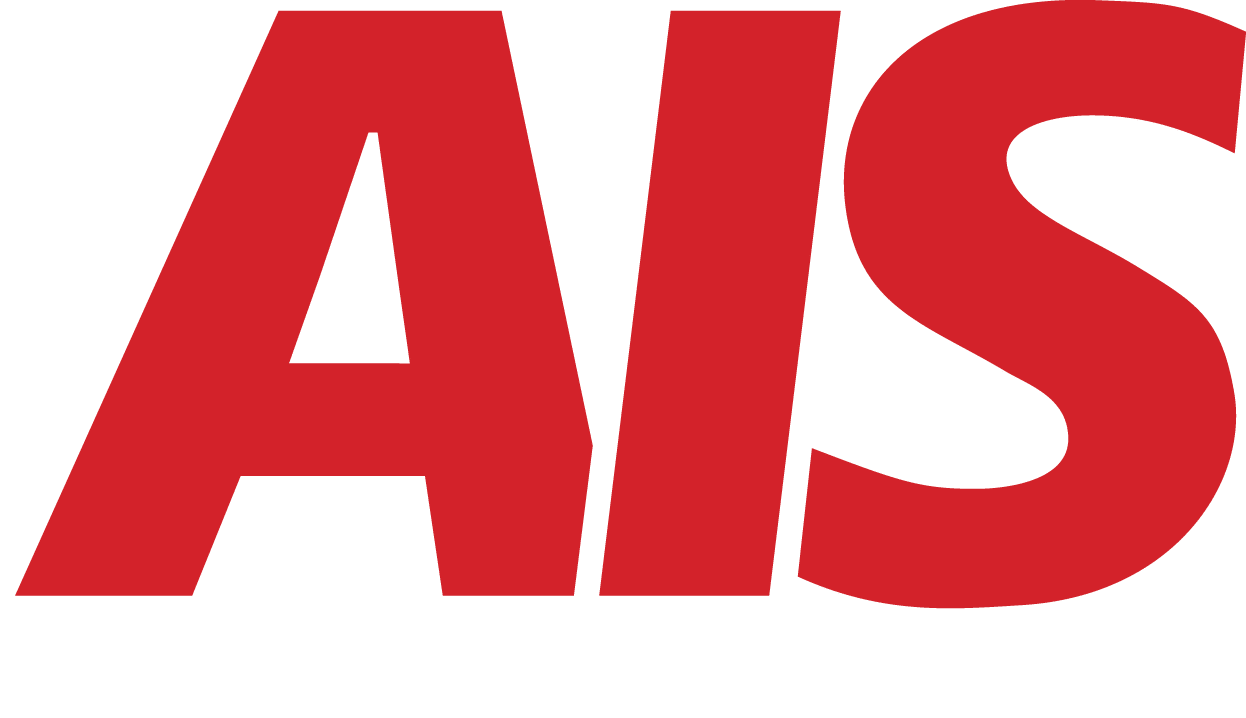The Most Reliable Disaster Recovery Tools for Small Businesses
July 22nd, 2025 | 6 min. read

If disaster struck your business today, would you be ready?
That might sound dramatic, but for small businesses, the risks are real. A failed server, a ransomware attack, or even a regional power outage can bring operations to a halt.
And when that happens, it’s not just about whether you’ve backed up your data. What matters is how fast you can get back up and running.
That’s where disaster recovery tools come in.
In this article, you’ll learn what makes a disaster recovery tool reliable, which options are best for small businesses, and how to choose the right one for your needs.
Whether you manage IT internally or work with a Managed Service Provider, this is a decision that could determine how well your business survives a crisis.
Why Small Businesses Can’t Afford to Skip Disaster Recovery
Cyberattacks, hardware failure, and natural disasters are real threats
Many small business owners assume they're too small to be a target. That’s not the case. Cybercriminals often target smaller companies because they tend to have fewer security protections in place.
But security risks aren’t limited to hackers. A power surge, faulty hard drive, or even human error can cause severe damage to your systems.
Disasters happen. Being unprepared just increases the cost.
Downtime Costs More Than You Think
According to Datto, the average cost of downtime for a small business exceeds $8,000 per hour. That includes lost sales, delayed operations, and long-term damage to your brand.
Even a brief outage can disrupt payroll, damage client relationships, or result in canceled projects.
Backups Are Not the Same as Recovery
It’s common to hear, “We back up our data, so we’re covered.” The problem is, backups don’t help if you can’t access or restore them quickly.
Recovery is about how fast and how completely you can restore your systems.
If it takes two days to get your server running again, your backup didn’t protect you. A reliable disaster recovery plan includes both backup and a rapid method for restoring your systems online.
What Makes a Disaster Recovery Tool Reliable?
Not all recovery tools are equal. Here’s what to look for when evaluating your options.
Quick recovery and minimal data loss
Two key metrics matter here: Recovery Time Objective (RTO) and Recovery Point Objective (RPO).
- RTO is the speed at which you can restore operations after a disruption.
- RPO is the amount of data you can afford to lose between your last backup and the incident.
The lower the RTO and RPO, the better. A reliable tool helps you get back to business fast, with little or no data loss.
Offsite Backups and Remote Access
If your backups are stored on the same server or in the same building as your primary systems, they are at risk. A fire, flood, or theft could also take them out.
The most dependable tools store backups in the cloud or at a secure offsite location. This protects your data and allows remote recovery if your physical office is unavailable.
Automation, Encryption, and Data Versioning
Manual backups leave room for human error. A robust recovery tool should automate the process, verify backup integrity, and utilize encryption to safeguard your data both in transit and at rest.
Version control also matters. You should be able to restore from a clean backup if your most recent version is corrupted or compromised.
Testing Features and Compatibility
Testing your disaster recovery process should be easy. The best tools let you simulate a failure and verify that your systems can be restored correctly.
Also, ensure the tool is compatible with your current systems. Whether you run on virtual machines, physical servers, or cloud platforms like Microsoft 365, compatibility is crucial.
The Best Disaster Recovery Tools for Small Businesses
Here are five highly rated disaster recovery solutions trusted by IT professionals and small businesses alike.
Datto
Datto offers comprehensive disaster recovery solutions tailored for small and mid-sized businesses. It includes instant virtualization, cloud replication, and ransomware detection.
- Best for: Companies working with an MSP that need a managed, all-in-one solution
- Pros: Fast recovery, detailed reporting, built-in security tools
- Cons: May be more expensive than DIY options
Veeam
Veeam is a well-known platform for backup and recovery in virtual environments. It also supports cloud-based services and physical machines.
- Best for: Businesses using VMware, Hyper-V, or Microsoft 365
- Pros: Flexible architecture, strong support for virtual machines
- Cons: May require in-house IT knowledge to manage
Acronis Cyber Protect
Acronis combines disaster recovery with cybersecurity tools like antivirus and patch management. It also supports remote devices and mobile backups.
- Best for: Businesses that want one platform for both backup and endpoint protection
- Pros: Easy to manage, includes cybersecurity features.
- Cons: Can be complex for smaller setups if not correctly configured
Carbonite
Carbonite provides cloud-based backup and recovery tools with a focus on ease of use. It is a good entry-level solution for smaller companies.
- Best for: Teams looking for a simple, low-maintenance backup solution
- Pros: Affordable, cloud storage included, easy to set up
- Cons: May lack advanced features like instant failover or detailed logging
Managed DRaaS (Disaster Recovery as a Service)
With DRaaS, a provider like AIS handles your entire recovery strategy for you. This includes setup, testing, updates, and execution of recovery.
- Best for: Businesses that want expert help and minimal IT overhead
- Pros: Custom-tailored, regularly monitored, and includes expert support.
- Cons: Results depend on the provider’s skill and responsiveness
How to Choose the Right Tool for Your Business
Every business has different needs. Here’s how to narrow down your options.
Assess Your Risk and Infrastructure
Start with a clear view of your environment. How many devices do you need to protect? Are your systems physical, virtual, or cloud-based? What kind of data do you handle?
The answers help determine which features are most important for your situation.
Think About Ease of Use, Cost, and Support
Some tools require technical expertise. Others are more plug-and-play. Consider who will manage your disaster recovery system on a day-to-day basis. Will it be your internal team or an outside provider?
Also, evaluate the pricing model—some tools charge by storage volume, while others charge by device or service tier.
Ask For Professional Recommendations
Your MSP or IT provider likely has firsthand experience with multiple tools. At AIS, we help clients compare recovery tools based on their goals, systems, and budget. Don’t be afraid to ask for advice specific to your setup.
Test Your Plan Regularly
Whatever tool you choose, make sure it’s testable. Many companies assume their systems work until the day they don’t.
A good tool will enable you to run disaster simulations and address issues before they cause real damage.
What Happens If You Don’t Have a Recovery Plan?
Here’s what can happen if you skip disaster recovery planning:
Data Loss and Damaged Reputation
Even if your business survives the technical issues, your customers may not return if their data is lost or your service is disrupted.
Longer and More Expensive Recovery
Restoring operations without a recovery tool takes longer and costs more. You may need to hire outside help or rebuild systems manually, which adds delays and expenses.
Real-world Consequences
We’ve worked with businesses that were locked out of their systems after a ransomware attack. Some had no recovery plan, which forced them to rebuild from scratch.
Others were able to restore operations in under an hour because they had a tested system in place.
The difference wasn’t luck. It was preparation.
Final Thoughts: Don’t Wait Until You’re in Crisis
You don’t need a large IT department to implement a reliable disaster recovery plan. You just need the right tools, the proper guidance, and a commitment to protecting your business from the unexpected.
Here’s what to do next:
- Review your current backup and recovery setup
- Identify your most critical systems and risks.
- Choose a recovery tool that fits your size, systems, and budget.
- Test your recovery plan on a regular schedule.
A true southerner from Atlanta, Georgia, Marissa has always had a strong passion for writing and storytelling. She moved out west in 2018 where she became an expert on all things business technology-related as the Content Producer at AIS. Coupled with her knowledge of SEO best practices, she's been integral in catapulting AIS to the digital forefront of the industry. In her free time, she enjoys sipping wine and hanging out with her rescue-dog, WIllow. Basically, she loves wine and dogs, but not whiny dogs.
Topics:



